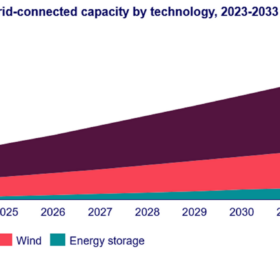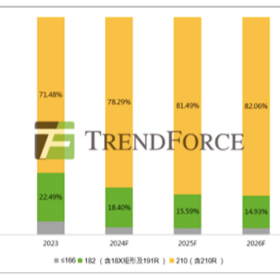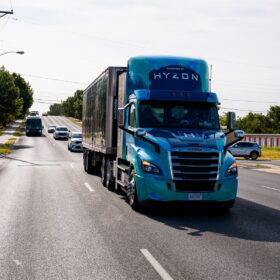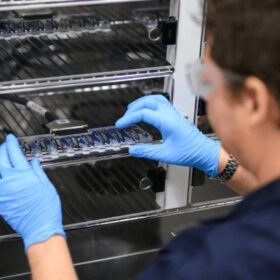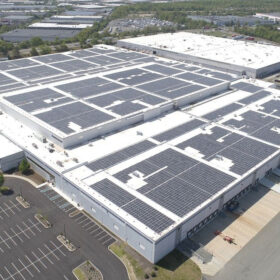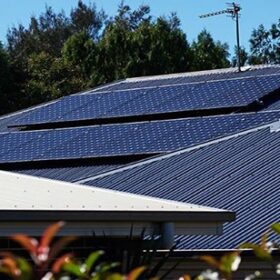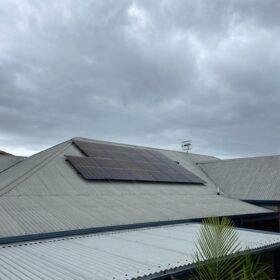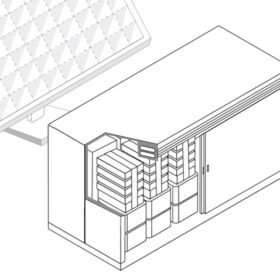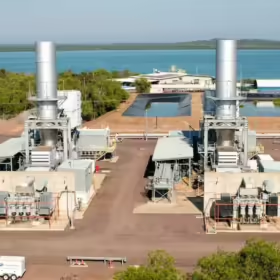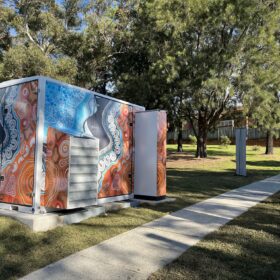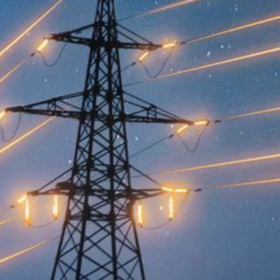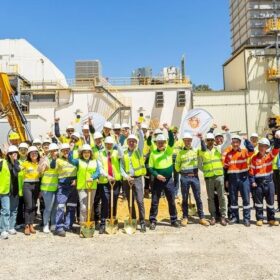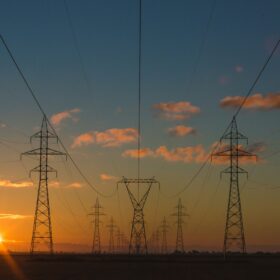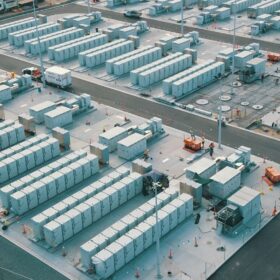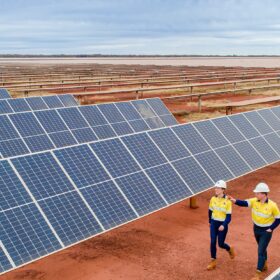WoodMac predicts 3.8 TW of new solar by 2033
Wood Mackenzie says that solar will account for 59% of new renewables between 2024 and 2033. China is expected to drive the growth, accounting for half of new solar deployment over the projected time period.
TrendForce says 210 mm module shipments surpassed 260 GW in Q1
Market intelligence platform TrendForce says 210 mm n-type technology is “set to spearhead a new industrial revolution.” It expects 210mm modules to account for 78.29% of the large-format module market this year, increasing to 82.51% by 2027.
Hydrogen vehicle maker Hyzon confirms exit from Australian market
United States-based hydrogen fuel cell manufacturer Hyzon has announced it will halt its operations in Australia, citing challenging market conditions and waning government support.
Queensland launches battery supply chain database
The Queensland government has launched Australia’s first battery supply chain database to help local companies identify business and supply chain opportunities and to support domestic production and connect with potential investors.
Digital world driving growing demand for renewable generation
The world’s reliance on the internet, the shift to cloud computing, and the emergence of AI all fuel demand for more and more data centres. The International Energy Agency projects that by 2026, data centres will consume more than 800 TWh annually, more than double their consumption in 2022.
Queensland outshines interstate rivals in rooftop solar stakes
Victorian solar company Solar Run has identified Queensland’s “aggressive” renewable energy policies as the driver for the state’s impressive PV installation rates with new analysis showing it leads Australia with more than 54,000 installs.
Volumes ‘going backwards’ as rooftop market drops off
The roll out of rooftop solar in Australia has slowed with a total of 248 MW of new capacity registered across the country in June, a 14% decline on the previous month and the lowest tally since January.
Redflow teams with Stanwell to advance zinc bromide flow battery
Australian flow battery specialist Redflow has struck a partnership with Queensland state-owned generation company Stanwell to work together on the development of a non-lithium long-duration battery energy storage solution for use in a 400 MWh project.
NT begins synchronous condenser conversion to support solar
The Northern Territory government has detailed plans to convert one of the gas-fired turbines at the Channel Island power station to operate as a synchronous condenser as a new report reveals the Territory’s electricity system is in a “prime but precarious” position.
Feds provide backing for more than 420 community batteries to share rooftop solar
The Australian government has beefed up its commitment to community batteries to support the integration of renewable energy in the grid with more than 420 battery energy storage systems to be installed in neighbourhoods across the country as part of its Community Batteries for Household Solar program.
